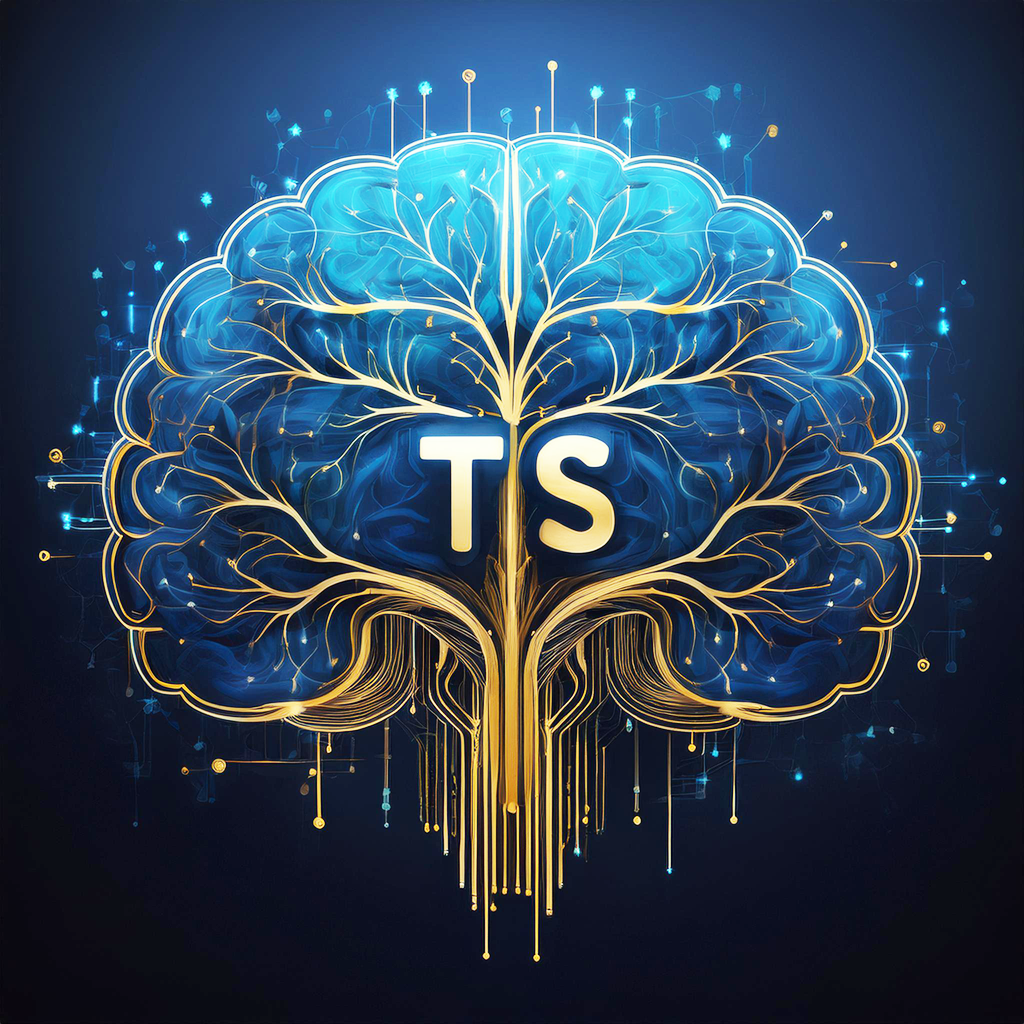Toby Saalfeld
Enterprise AI: The Critical Mass Principle
In today’s fast-paced business environment, Artificial Intelligence isn’t just another tech trend - it’s the bedrock of modern enterprise innovation. For executives managing complex portfolios and navigating a rapidly shifting market landscape, embracing AI is a strategic imperative that can transform every facet of an organization.
Currently, many departments use AI tools narrowly focused on specific objectives. For example, internal chatbots may streamline IT support, or automated meeting summaries might boost individual productivity. These initiatives are valuable in isolation, yet they often lack the broader perspective necessary to harness AI’s full potential. In many cases, there’s little awareness of how large-scale AI integration could benefit the company as a whole.
The challenge is clear: isolated AI efforts, however effective, can lead to fragmented success. When departments operate in silos, each optimizing for their own specific outcomes, the opportunity to build a cohesive, enterprise-wide AI strategy is lost. Duplication of effort and redundant spending become significant risks, ultimately diluting the impact of your organization’s investments to date and limiting financial justification in future AI initiatives.
Why should AI be viewed as the central nervous system of an enterprise rather than a peripheral tool? The answer lies in the product lifecycle. Early in the process, data-driven insights can illuminate market trends and consumer behavior. During development, AI tools accelerate coding and testing. In marketing and sales, personalization powered by AI transforms customer engagement. And post-sale, predictive analytics enable proactive, efficient customer support. When these functions are united under a single, coordinated strategy, the entire organization stands to gain exponentially.
This integrated approach is not without its challenges. Resistance to change, budgetary constraints, and the inherent uncertainties of new technologies are real obstacles. However, the payoff for overcoming these hurdles is immense. By aligning isolated AI efforts with a cohesive strategy, enterprises can maximize their return on investment and foster an environment where innovation and efficiency reinforce each other.
For executives and decision-makers, the message is clear: The true potential of AI emerges when it is woven into the fabric of your business strategy. It is time to break down the silos! By recognizing that individual successes can be amplified through collaboration, organizations can transform isolated pockets of progress into a comprehensive engine for growth. This shift requires not only the right technology but also a cultural commitment to unity, innovation, and strategic risk-taking.
In essence, the journey toward enterprise-wide AI adoption is about achieving critical mass - a tipping point where the collective power of coordinated AI initiatives propels the organization into a future of unparalleled efficiency and innovation. The path forward is not merely a series of isolated projects, but a concerted effort to build a resilient, AI-enabled organization that is greater than the sum of its parts.
So, will you seize the opportunity to develop critical mass by embracing an integrated approach, or are you content with disjointed efforts that limit your organization’s true potential?
Toby Saalfeld
2025-02-01
